Middle-tier refers to the processing that takes place in an application server that sits between the user's machine and the database server.
Middle-tier refers to the processing that takes place in an application server that sits between the user's machine and the database server. The middle tier server performs the business logic. See application server and client/server.
Middle-Tier Architecture
This middle-tier architecture allows the existing database to be the "database of record." At the same time, it also protects the existing database from direct Internet traffic and provides a high performance engine to interact with the Internet traffic.

What is Middle-Tier Architecture?
During the client/server days, it was common for a client GUI program to talk directly to a database server. Web applications introduced the three-tier model by default: the browser is the client tier, the database the back-end tier, and the web server and its extensions became the middle tier.
This middle tier offered better scalability options, in terms of connection pooling and stateless high transactional volumes. The architecture that goes into this tier is usually called the middle-tier architecture. The software solutions in the middle tier are called the middleware. There are a lot of good examples of middleware: ColdFusion, PHP, J2EE, .NET, and so on and so forth.
When a typed language like Java or C# is chosen to implement this middle tier, developers tend to create fairly extensive architectures to support their applications.
What Happens in the Middle Tier (Responsibilities)?
The two primary activities in a middle tier are reading and writing data. Reading data involves retrieving the raw data based on input parameters, massaging the data, and delivering the data in the requested format. Writing data involves manipulating the data stored, using certain business rules and processes. In a sense, the write operation changes the state of the database server.